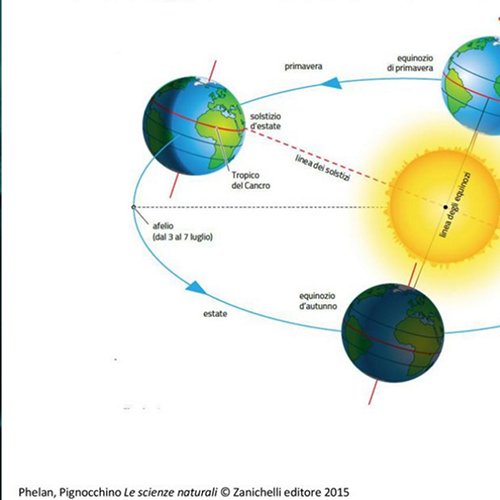While the temperatures of the last days of winter and the first shoots and buds on the trees had already announced it, on 20 March spring officially began again at 4:33 p.m. (Italian time). At that exact moment, the Sun crossed one of the two points, in the celestial sphere, where the ecliptic and the celestial equator intersect: the so-called vernal point or spring equinox (the other corresponds to the autumn equinox). To be precise, therefore, the term equinox should not be used to refer so much to a day as to an instant.
This is not a mistake, in fact, contrary to what we learned as children, the beginning of spring does not necessarily fall on 21 March, but can be on 19, 20 or 21 March. How is it possible that the day changes? Let’s find out below.





